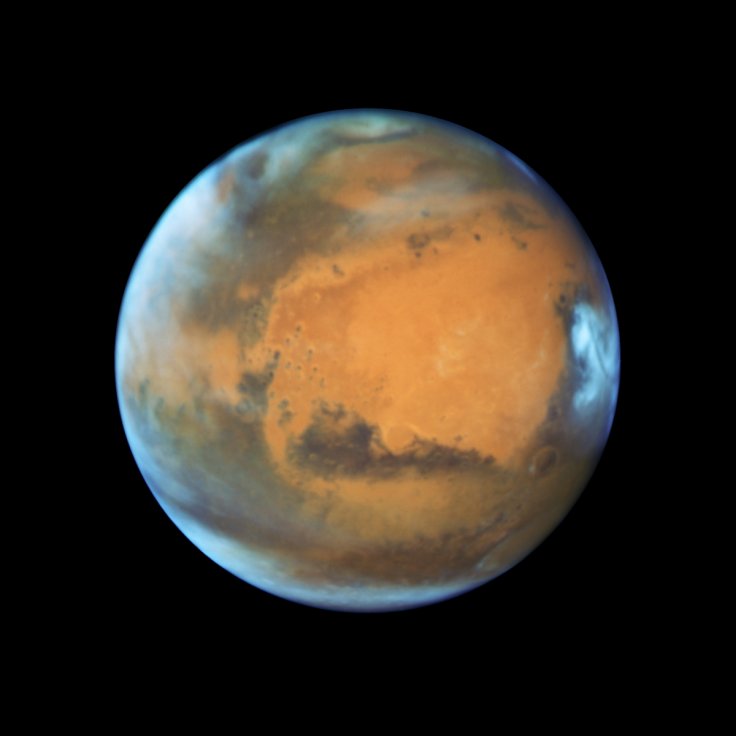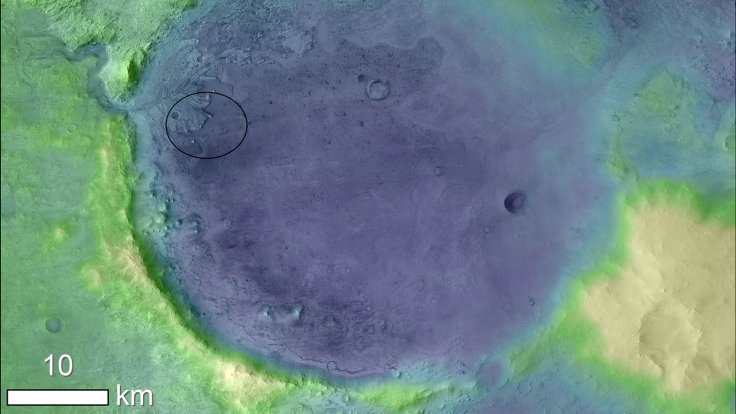The European Space Agency (ESA) has confirmed that it will embark on a joint mission with NASA to collect samples from Mars and return them to Earth. The objective of the mission is to see if the samples contain traces of alien microbial life.
The ESA unveiled the plans of the yet-to-be-named mission during a recent meeting with ministers, according to an article on The Conversation. Details of the mission indicate that it will be comprised of three major steps.
Collecting Samples From Mars

The first step of the mission is the launch of NASA's new Mars rover in July 2020. The rover is expected to land in Mars' Jezero Crater, an area believed to have been previously submerged in liquid water. Once it reaches its destination, the rover will collect soil samples from the site. These samples will then be stored by the rover until 2026.
For the second part of the mission, NASA will launch the Mars Sample Retrieval Lander Mission, which will carry another rover made by the agency's European partners. The goal of this rover is to collect the samples stored by the Mars rover before returning to the lander. The samples, which will be placed in a secure capsule, will be launched into Mars' orbit through a rocket known as the Mars Ascent Vehicle.
Returning The Samples To Earth

In order to retrieve the samples, ESA will execute the third and final step of the mission through the launch of a return vehicle. This spacecraft will enter Martian orbit and collect the sample floating in space. It will then return to Earth and launch the capsule into the atmosphere. NASA and the ESA are hoping that the entire mission will be completed sometime in 2031.
Once on Earth, the samples taken from the Jezero Crater will be analyzed. This region was selected because it is rich in smectite, a type of clay that usually appears at the bottom of lakes and rivers. Since smectite clays are known to preserve fossils, NASA and the ESA are hoping to find signs of microbial alien life from the Martian samples.









